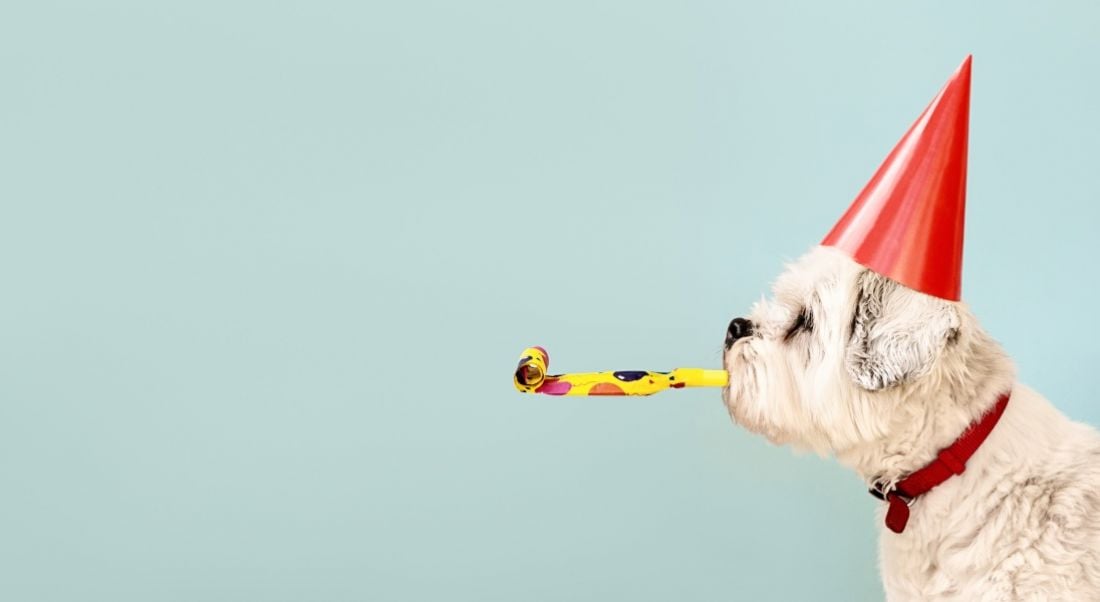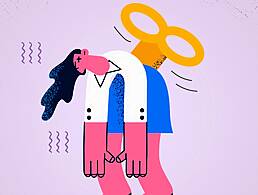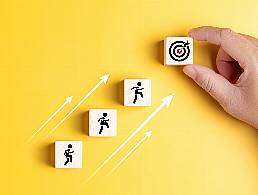Kenny White, chief creativity architect at Funworks, explains how fun can be the ‘secret weapon’ to a happy and productive workplace.
A challenge business leaders have always faced – working remotely or otherwise – is getting staff to collaborate meaningfully. According to Kenny White, chief creativity architect at California-based creative consultancy Funworks, workplace fun is the key companies may be missing.
White has developed creative solutions for companies for more than 18 years. Here, he talks about harnessing fun and creative energy to drive progressive design thinking, problem solving, team cohesion and product development.
‘It’s way easier to scale things down after dreaming big than it is to make a small idea feel big’
– KENNY WHITE
Why is workplace fun important for businesses?
Think of all the times at work when you’re on fire; when you’re doing your best work and all pistons are firing. You’ve gotten so lost in your task, you think it’s only four o’clock but somehow it’s eight o’clock. Those moments are work at its most fun.
In the workplace, just going with the same old thinking won’t cut it for the pace of business. Fresh and innovative thinking is vital for progress. That’s where fun is a secret weapon; it gets your brain into a relaxed state and defeats your inner critic, politics, status-quo thinking and exhaustion. It opens us up to new possibilities and creates energy and momentum on whatever challenge you have in front of you.
What is your advice for leaders in terms of embracing workplace fun?
First of all, workplace fun isn’t just about laughing. It’s also about getting your team to access different parts of their brain by changing their perspective. Draw the answer to a problem instead of writing it. Play music that matches the tone of the task. Come up with the worst possible solution. Present a deck where the slide automatically changes every 15 seconds. All these things get us to sit up a little straighter in our seat and see the world with fresh eyes.
Second, to get to bold, innovative ideas, you need to eliminate the ‘yeah, but no budget, time or resources’ mindset from a meeting – at least to start with. In other words, you can’t simultaneously have new creative thinking while in a judging mindset. It’s an instant buzz kill. Have fun going wide and make it a competition to come up with the most ideas instead of developing the right idea.
Finally, push people’s thinking to the extreme. Many employees have to stay in the safe lane at work but given the chance to dream big, they will surprise you with their fresh thinking. It’s way easier to scale things down after dreaming big than it is to make a small idea feel big.
What are some workplace games you’ve found to be particularly effective?
Every good superhero needs a good supervillain, otherwise movies and comics would be boring. One of our team’s favourite games is named Supervillains. By dramatising a problem into a fictional villain, you make it less intimidating and give your team a common enemy to unite around defeating.
Here’s the blueprint: hold a video call, divide everyone into teams, get them all to choose a problem they’re currently facing at work – be it internal roadblocks or external competitors –and then turn that problem into a supervillain.
One such supervillain could be the Octotasker, who assumes you also have eight arms and assigns you with a litany of tasks to juggle. How will you and your team beat this villain? What tools do you currently have in your arsenal, or what tools are you missing?
Another exercise, Crazy Eights, gives you eight minutes to come up with eight ideas for whatever task you’re facing. They don’t have to be great, they just have to be eight.
This one is all about coming up with a lot of ideas, fast. This helps encourage your team to not make things too precious – just throw something out even if it’s unrealistic or far-fetched. Take note of any trends you see and follow up with any ideas that you vibe with. How can you make those half-baked ideas a real possibility?
One of our favourite books, Think Wrong, describes why it’s important to purposefully ‘think wrong’ every once in a while.
One great way to break your pattern of thinking is to begin with the challenge of coming up with the worst possible idea. It’s fun, low pressure and you’ll likely discover some interesting insights; what makes it the worst idea? How do we flip that to the best?
Finally, Explain it to Grandma. I’ve seen people spin themselves in circles trying to get to the core of a problem. Try some role playing and explain your situation to grandma. This often helps you boil down whatever you’re working on to its essential bits. It’s great for external comms, but also a really useful tool to see how aligned your team is; would they all say the same thing to grandma?
Are these kinds of activities possible in a remote workplace?
It definitely feels like we’ve lost most organic moments for fun at work; no more jokes around the watercooler or spontaneous Friday afternoon lunches. But the way we see it, remote working has just offered us new mediums like Slack, Zoom and Google Docs.
However, it does mean you have to be intentional about making time and space for fun. One thing we encourage you to do is experiment. We’ve spent the last year just trying new ways to have fun with ourselves and our clients, and trying is half the fun.




